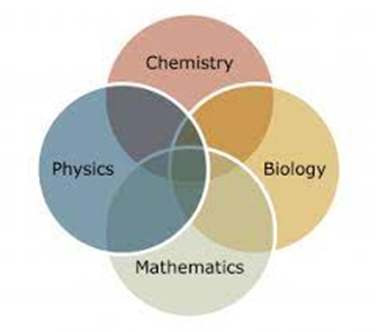NOMENCLATURE AND CLASSIFICATION OF ENZYMES
Enzymes are generally named by adding “ase’ to the root
indicating the substrate on which the enzyme acts. The International Union of
Biochemistry report of 1962 contain a scheme for enzyme classification. Enzymes
have been divided into 6 groups.
01. Oxireductases dehydrogenases:
Enzymes which catalyze oxidation
reduction reactions involving transfer for electrons/H+ from one
molecule to another, in these reactions one compound is oxidized and the other
is reduced.
Alcohol + NAD-----Aldehyde + NADH2
02. Transferases: These enzyme
catalyse the transfer of specific group other than hydrogen from one substrate
to another.
Example: kinase catalyses the
phosphorylation of substrate by transferring phosphate group from ATP.
03. Hydrolysis: These enzymes catalyze
the breakdown of larger molecules in to smaller molecules with the addition of
water. These bring hydrolysis of ether, peptide and ester.
Sucrose + H2O ----------
Glucose + Fructose
04. Lyases: These enzyme catalyze
the cleavage of substrate in to two parts, without the use of water or removal
of group without hydrolysis. A double bond is formed at the place of removal of
group.
Example:
Decarboxylase, carbonic anhydrase, etc.
05. Isomerase: These enzymes catalyze the rearrangement
of molecular structure to form isomers. Isomers are the molecular compounds
that are similar in having the same molecular formula but have different
arrangement of atoms. Example: Isomerase
06. Ligases: These enzymes catalyse covalent
bonding of two substrates to form a large molecule. They catalyze joining of C-O,
C-S, P-O bond by using ATP as energy source.
Example: RUBP carboxylase, phosphophenol
pyruvate (PEP)





0 Comments